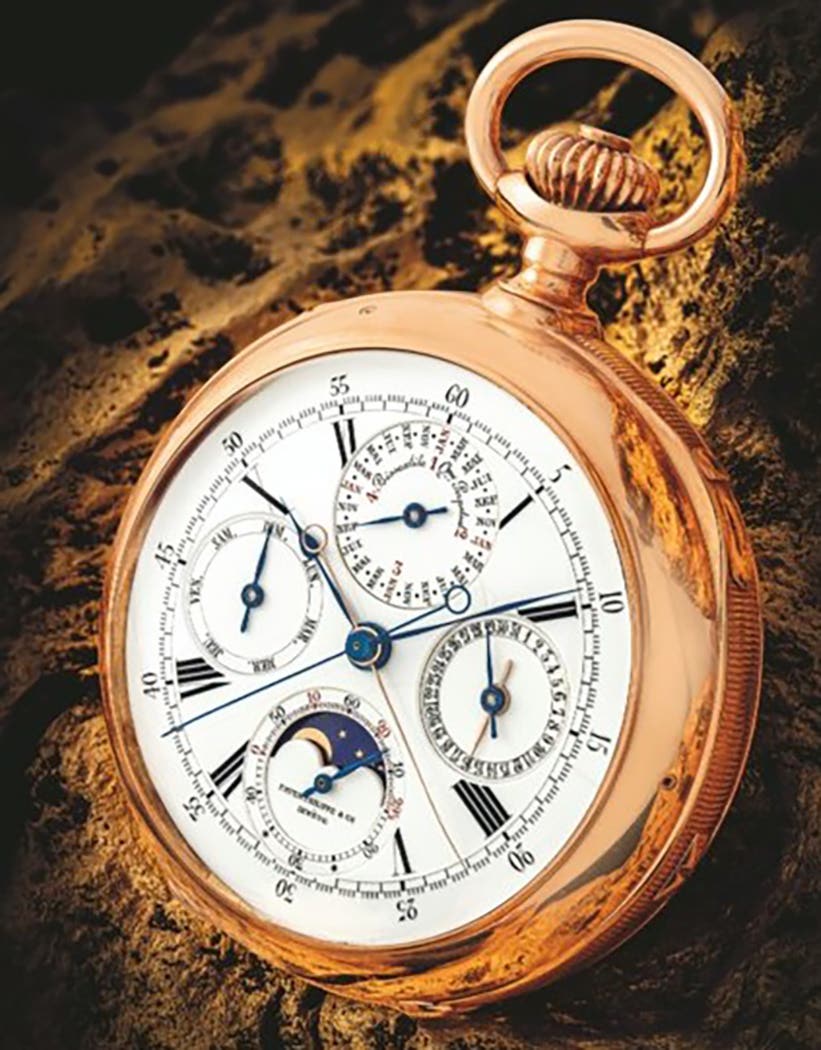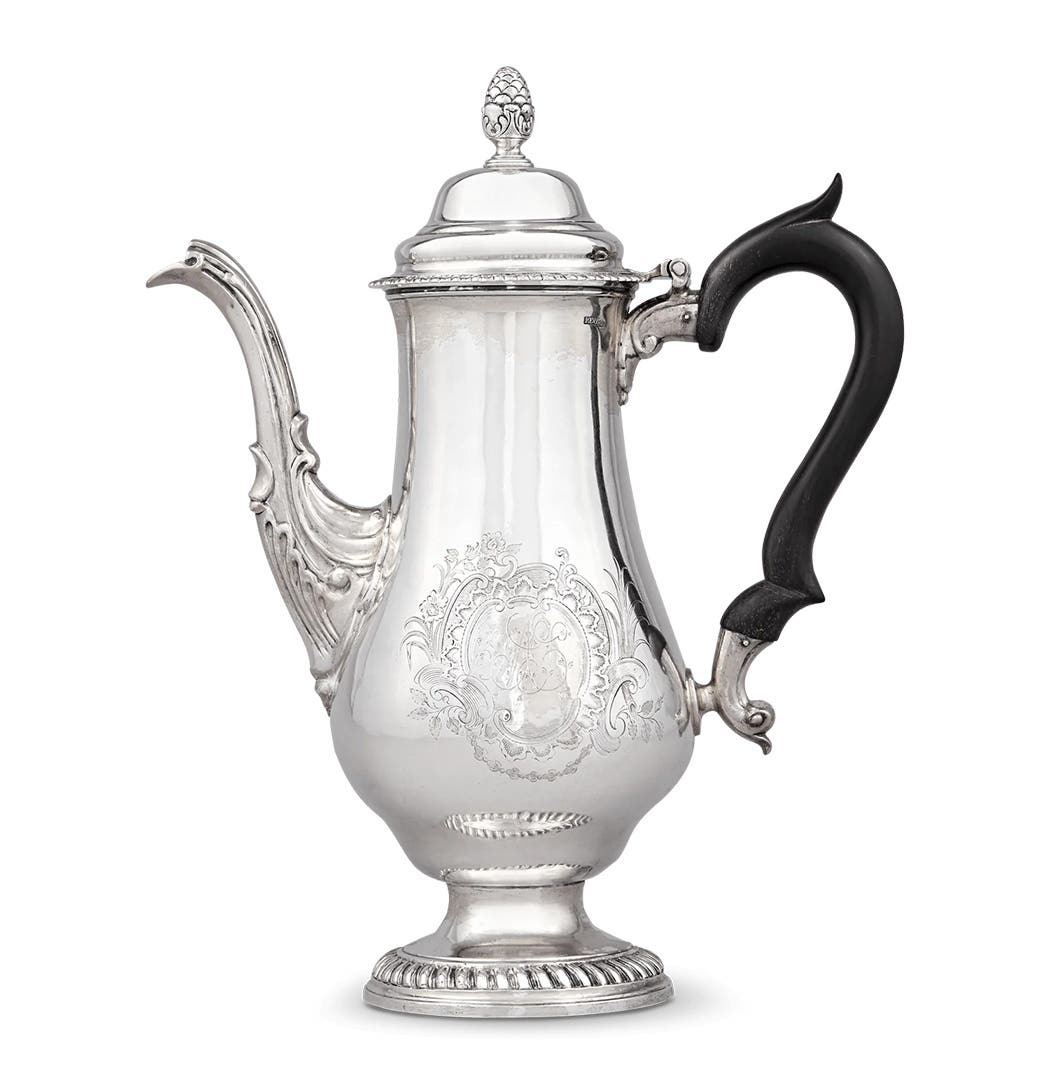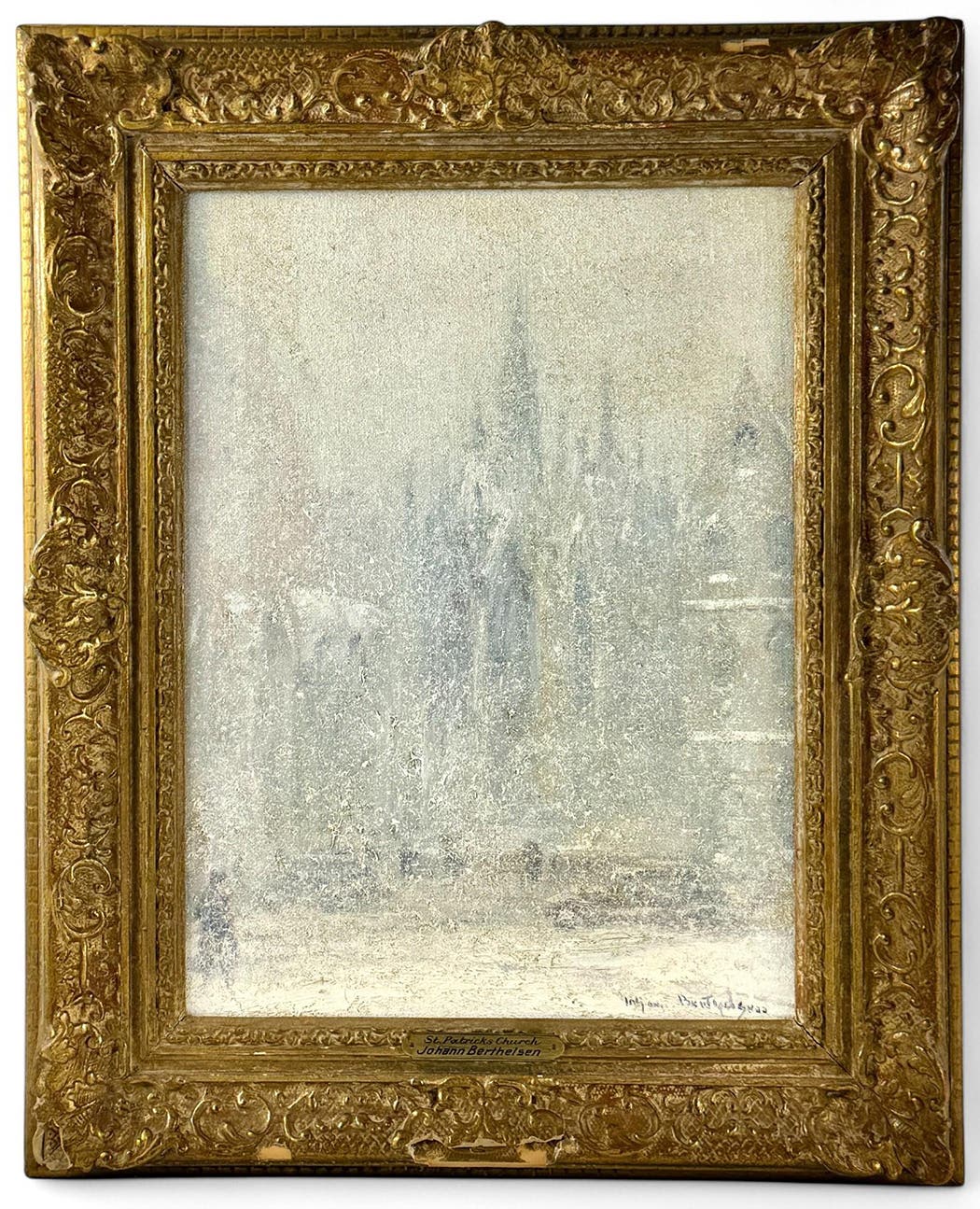Kenbak-1 personal computer tallies up $45,500
The precursor to the first Apple personal computer, the Kenbak-1, set the course for easy-to-use and relatively affordable computers, and during an auction presented by Auction Team Breker recently, one of these early models commanded $45,500.
COLOGNE, Germany – There are not many auctions that encompass such a plethora of subjects as Auction Team Breker’s sales in Cologne, Germany. Offerings at the Nov. 7 auction ranged from the
very first personal computer to a smoking moon automaton and a miniature steam-powered fountain.
Perhaps one of the greatest “what if” stories in the history of modern computing is the Kenbak-1 personal computer built by John Blankenbaker of the Kenbak Corporation in 1971. The 8-bit machine was arguably the first commercially-produced personal computer and pre-dated the Apple-1 by five years. Unlike most “hobbyist” computers of the time, the Kenbak-1 was sold as an assembled and functioning machine rather than as a kit. It was simple to use, educational and, at $750, still relatively affordable. Kenbak-1 outstripped the first Apple in terms of usability, but is virtually unknown today.
Why did Apple Inc. succeed where Kenbak Corporation failed? The answer lies in the marketing. Blankenbaker’s machine was perhaps too good. Since its accessibility made the computer seem like a perfect teaching tool, Kenbak Corporation focused marketing on schools rather than the private individuals who would appreciate the “fun aspects” of computing. Unfortunately for Blankenbaker and his five investors, the university students and young professionals who made up Apple’s customer base (in 1979 as well as today) were to prove a more viable market. After only a limited response, production ceased and the Kenbak Corporation closed down in 1973. Of the 50 units produced between 1971 and 1973, only 10 are thought to have survived. The Kenbak-1 No. 0185 offered in Breker’s auction was purchased by a national European museum for $45,500 and will be documented and displayed for future generations of enthusiasts.
The earliest self-playing musical instruments were luxury items created for the gentry by clock makers and jewelers. They ranged from stately pieces of furniture to pocket-sized objet de vertu. In the first category was an Empire timepiece with organ in the style of Christian Ernst Kleemeyer (born around 1739), court clock-maker to Friedrich Wilhelm II. Kleemeyer was known to incorporate architectural motifs such as pillars, shields and statuary into his organ clocks. The example in Breker’s sale had a fluted mahogany column upon a pedestal base housing the weight-driven organ movement and spirally-pinned barrel. The timepiece was housed in an ebonised urn with lion’s head handles and a plaque engraved: “Nur die Gegenwartige Minute darff der Mensch seyn nennen” (“Only the present minute belongs to man”). The auction price of almost $26,800 reflected the rarity of mechanical music instruments of the period.
The invention of the disc-playing musical box by Paul Lochmann around 1885 expanded the mechanical musical repertoire available during the 19th century dramatically. Owners of a disc musical box could order the latest titles from regularly updated catalogues of popular music. Breker’s sale featured two very rare disc musical boxes: The first was an “Eroica” musical hall clock by Symphonion Musikwerke of Leipzig. While the duplex musical box employed double cylinders to
increase volume, the Eroica used triple sets of 14-inch discs to an even greater effect. With six musical combs and a total of 300 tuned teeth, the Eroica was one of the most exclusive instruments in the Symphonion range. The example in Breker’s sale brought $33,000.
The second was an automatic disc-changing musical box by another Leipzig firm (and rival of Symphonion), the Polyphon Musikwerke. This substantial instrument could play a selection of six 22 1/2-inch discs accompanied by a 16-note glockenspiel. In fine playing condition, it fetched $29,500.
An early 20th century barrel orchestrion of impressive size and volume by E. Dienst & Co. of Leipzig would have been built for a café or dance hall. The weight-driven instrument, featuring piano, mandolin effect, xylophone, drum and triangle, went to a new home for $5,600.
Allied to self-playing musical instruments were the luxurious mechanical parlour toys or automata produced in Paris during the second half of the 19th century. Breker’s auction included the outstanding “Lune Fin de Siècle” by Gustave Vichy of around 1891. Modeled as a young man with large full moon face leaning against a column, a cigarette between his lips and a walking cane in his right hand, the automaton was built to inhale and exhale smoke through a set of bellows operated by the spring motor. Described by Vichy’s contemporary Léo Claretie in the Les Jouets, Histoire-Fabrication as “a young man whose head is a full moon, bright and shining, balancing in clouds of smoke,” the face of this automaton was also Vichy’s trademark. Rare and remarkable, the piece sold for several times its presale estimate for $147,000
For additional highlights and list of realized prices, visit www.Breker.com/RealizedPrices.






